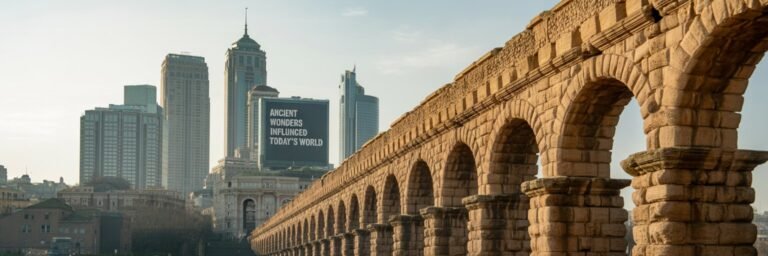INTRODUCTION
Religion and rituals play an intrinsic and complex role in the socio-political landscape of any society. They represent shared beliefs and practices and are often a rallying point in moments of significant change, especially during revolutions. A study of the evolution and impact of religion and rituals during social upheavals, like revolutions, reveals a historical tapestry filled with ideological complexities, defiance, unity, and hope. Within the crucible of revolution, the religious and ritualistic fervor not only fuels the revolutionary spirit but also takes on new forms and meanings.
HISTORICAL BACKGROUND
The intertwined relationship between religion, rituals, and revolutions can be traced back to different historical periods. Perhaps, one of the earliest references is the Judaic revolt against the Seleucid Empire, the Maccabean Revolt (167–160 BCE). It was fueled by religious motivations, protesting the push for Hellenistic religious practices and the desecration of the Jewish temple.
Fast forward to the Reformation (1517-1648), where Martin Luther’s protest against corruption in the Catholic Church sparked a religious, political, and cultural upheaval that splintered Catholic Europe. The American Revolution, too, saw the Puritanical roots of the colonists stirring calls for liberty and equality. The Haitian Revolution (1791-1804), the first successful slave revolt, was powered by Vodou rituals and ceremonies, uniting the slaves against their oppressors.
THEORIES AND INTERPRETATIONS
Mainstream historical theories often lay focus on political, socio-economic factors driving revolutions, but many scholars emphasize the importance of religion and rituals. Karl Marx termed religion as an “opium of the masses,” a means to control and placate the populace. However, he also recognized the role religion played in shaping collective identity, a catalyst in revolutionary movements.
Another lens through which religion and rituals in revolutions can be seen is via Weber’s “Protestant Ethic” theory. Weber argued that certain types of Protestantism favored rational pursuit of economic gain and worldly activities dedicated to trade and capitalism, thus understanding the revolution from a socio-economic perspective.
MYSTERIES AND CONTROVERSIES
One controversial subject related to this topic is the French Revolution’s “Cult of the Supreme Being.” Instituted by Maximilien Robespierre, the cult aimed to replace Catholicism and promote republican values. While some interpret it as Robespierre’s attempt to consolidate power, others view it as an earnest effort to instill morale among the disenchanted populace.
In Russia, there’s controversy regarding the Bolsheviks outlawing religion to maintain socialist orthodoxy. Critics argue that it suppressed religious freedom; proponents argue it neutralized the church’s influence on politics, contributing to a fairer system.
SYMBOLISM AND CULTURAL SIGNIFICANCE
Religious symbolism and ritualistic practices shared a transcendent reality during revolutions. In the American revolution, the Congregationalists “Jeremiad” converted biblical rhetoric into political reasoning, building a cultural bridge between political defiance and religious salvation. In Iran, Ayatollah Khomeini used the powerful symbol of Shi’a martyrdom to rally Iranians against the Shah’s secular regime.
In the Haitian revolution, vodou, a religion brought by African slaves, played a crucial role. The infamous Bois Caïman ceremony combines native and Christian elements, invoking the power of the ancestral spirits to instigate a revolt.
MODERN INVESTIGATIONS
Modern historiography has increasingly recognized the role of religion and rituals in revolutions. Researchers like Karel Dobbelaere and Bryan Wilson have explored the “religion of revolution,” investigating how faith and rites help mold revolutionary ethos and collective consciousness. Studies of revolutions in the Middle East, particularly Iran and Egypt, further emphasize this aspect.
Digital repositories and the increasing academic interest in cultural history opened new windows for research regarding the intersection of religion, rituals, and revolutions.
LEGACY AND CONCLUSION
The legacy of religion and rituals is prominently visible in post-revolution societies. They leave lasting imprints on governance and social structures, like the secular constitutions of France and the United States, or the theocratic state of Iran.
As tools of social cohesion and symbolic resistance, they continue to play a dynamic part in driving social change. The Arab Spring echoes this sentiment as many protestors framed their demands within an Islamic discourse, resonating with the populace’s shared religio-cultural values.
In conclusion, the role of religion and rituals in revolutions is complex and multifaceted. While often overlooked in favor of economic and political explanations, an understanding of their role offers an insightful layer of analysis in interpreting revolutionary movements. By acknowledging these dimensions, history truly comes alive as a rich tapestry where narratives are woven not only from battles and treaties but from prayers, rituals, and the echo of chants in the squares.






